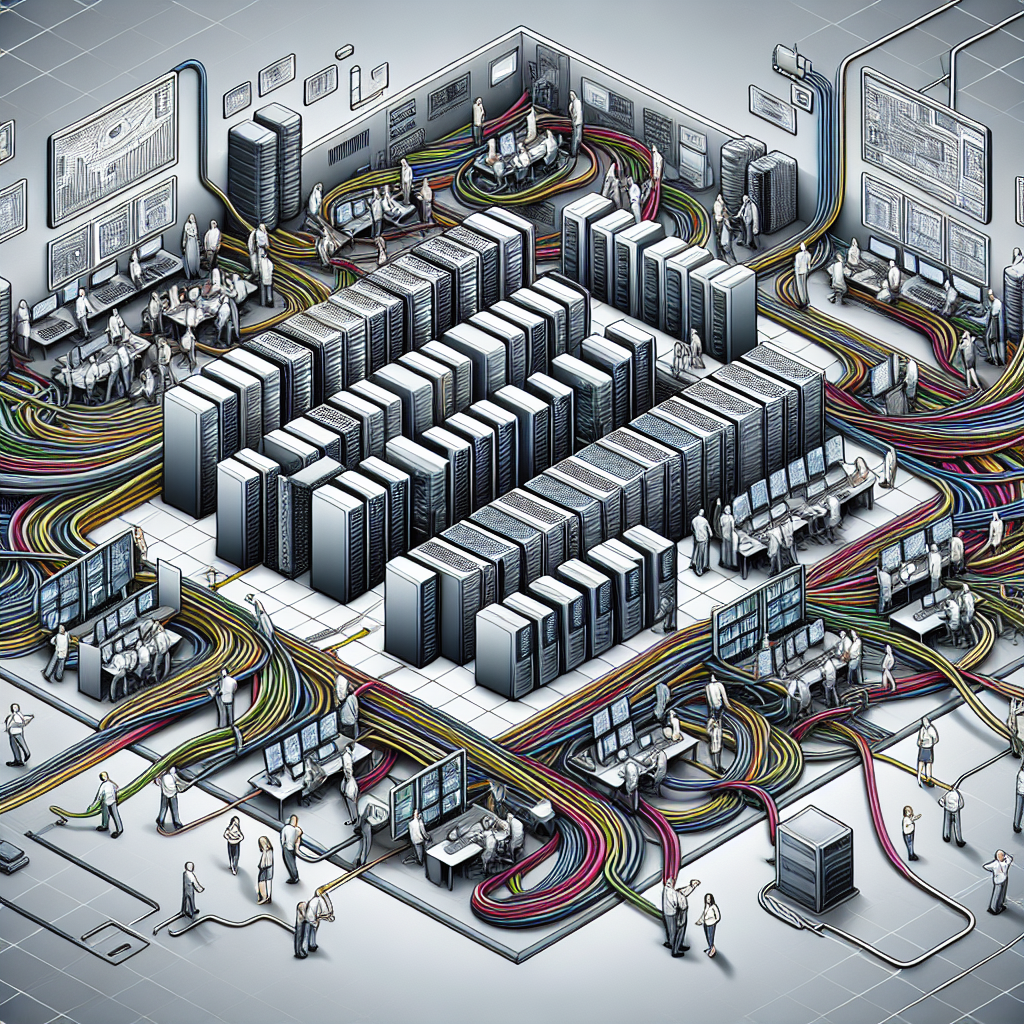Navigating the Complex World of Data Center Storage: Tips for IT Professionals
Data center storage is a crucial aspect of IT infrastructure that plays a vital role in the success of businesses today. With the increasing amount of data being generated and stored, IT professionals are faced with the challenge of managing and navigating the complex world of data center storage efficiently.
Here are some tips for IT professionals to navigate the complex world of data center storage:
1. Understand the different types of data storage: There are various types of data storage options available, such as direct-attached storage (DAS), network-attached storage (NAS), and storage area networks (SAN). It is essential to understand the differences between these storage options and choose the one that best suits your organization’s needs.
2. Determine your storage requirements: Before investing in data center storage solutions, it is crucial to determine your organization’s storage requirements. Consider factors such as data volume, performance requirements, scalability, and budget constraints.
3. Implement data tiering: Data tiering involves organizing data into different tiers based on its importance and access frequency. By implementing data tiering, IT professionals can optimize storage resources and improve performance by storing frequently accessed data on faster storage media and less frequently accessed data on slower storage media.
4. Implement data deduplication and compression: Data deduplication and compression technologies help reduce storage space by eliminating duplicate data and compressing data to save storage space. By implementing these technologies, IT professionals can optimize storage resources and reduce storage costs.
5. Implement data backup and disaster recovery solutions: Data backup and disaster recovery solutions are essential for ensuring data protection and business continuity. IT professionals should implement robust backup and disaster recovery solutions to protect critical data and ensure quick recovery in the event of a data loss or disaster.
6. Monitor and optimize storage performance: Monitoring storage performance is essential for identifying and addressing performance bottlenecks proactively. IT professionals should regularly monitor storage performance metrics, such as IOPS, latency, and throughput, and optimize storage configurations to ensure optimal performance.
7. Stay updated on storage technologies: The field of data center storage is constantly evolving, with new technologies and trends emerging regularly. IT professionals should stay updated on the latest storage technologies and trends to stay ahead of the curve and make informed decisions when investing in storage solutions.
Navigating the complex world of data center storage can be challenging for IT professionals, but by understanding the different types of data storage, determining storage requirements, implementing data tiering, deduplication, and compression, and staying updated on storage technologies, IT professionals can effectively manage and optimize data center storage to support their organization’s needs and goals.


